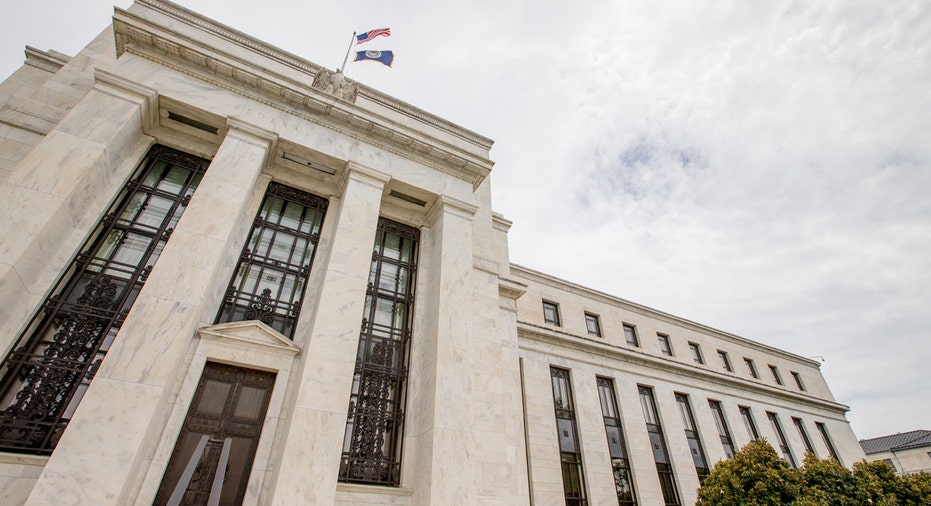FOMC Minutes: Fed Preparing for December Liftoff

Federal Reserve policy makers made a conscious decision in October to prepare markets for a potential December rate hike, provided that the economic data justifies the increase in borrowing costs.
The minutes from the October meeting, released Wednesday, show that most members of the policy-setting Federal Open Markets Committee (FOMC) were comfortable not raising rates in October but seemed ready for a December liftoff. So much so that they included a new line in their October statement that would telegraph their intentions.
“Most” FOMC members felt conditions for a rate hike “could well be met by the time of the next meeting,” notes from the Fed's Oct. 27-28 meeting show.
The key phrase included in the October statement indicated that the Fed was considering raising rates “at its next meeting,” language that offered a far more specific hint on the timing of a rate hike than policy makers had previously used.
According to the minutes released Wednesday, “Members emphasized that this change was intended to convey the sense that, while no decision had been made, it may well become appropriate to initiate the normalization process at the next meeting…”
Some participants worried that the language may encourage the belief that a December rate hike was imminent, the minutes state.
In any case, FOMC members quickly reverted back to previously used language to emphasize that any decision on a rate hike will be dependent on the latest available economic data.
The Fed chose to delay raising rates at both its September and October meetings. At the September meeting FOMC members cited global market turbulence that followed reports of a Chinese economic slowdown which led to volatility in U.S. markets.
Liftoff at the October meeting was largely written off if for no other reason than Fed Chair Janet Yellen was not scheduled to hold a press conference after the meeting, which would preclude her from further elaborating on the decision. A press conference is scheduled at the conclusion of the Fed’s Dec. 15-16 meeting.
In addition, the Fed has received quite a bit more economic data from which to justify whatever decision is made in December, not least an October jobs report that widely surpassed economists’ expectations. In October the economy generated 271,000 new jobs across an array of sectors and the headline unemployment rate fell to 5%, its lowest level since April 2008, just ahead of the outbreak of the crippling financial crisis.
Moreover, the October labor report showed a marked increase in wages year-over-year. The 2.5% jump in average hourly wages from a year earlier lends support to the Fed’s oft-stated forecast that rising wages will help push inflation higher toward the Fed’s 2% target range.
Influential Fed officials – including Yellen, Vice Chair Stanley Fischer and New York Fed President William Dudley -- have made a point in recent public statements to leave the door open to a December rate hike. Yellen told a Congressional committee on Nov. 4 that a December liftoff was a “live possibility.”
The October minutes also showed that FOMC members want markets to focus more on the trajectory of future rate hikes rather than the timing of the first increase: “It was noted that the expected path of the federal funds rate, rather than the exact timing of the initial increase, was most important in influencing financial conditions and thus in affecting the outlook for the economy and inflation,” the minutes state.
One thing all FOMC members seem to agree on – regardless of their positions on timing of the first increase – is that that the trajectory of future rates hikes will be gradual.
From the October minutes: “The Committee reiterated its expectation that, even after employment and inflation are near mandate-consistent levels, economic conditions may, for some time, warrant keeping the target federal funds rate below levels the Committee views as normal in the longer run.”
The Fed has held rates at near-zero since December 2006 in an effort to encourage borrowing that would stimulate economic activity both by consumers and businesses. The success of that policy is open to debate, but FOMC members have been reluctant to raise rates because raising borrowing costs could potentially disrupt the fragile economic recovery.



















